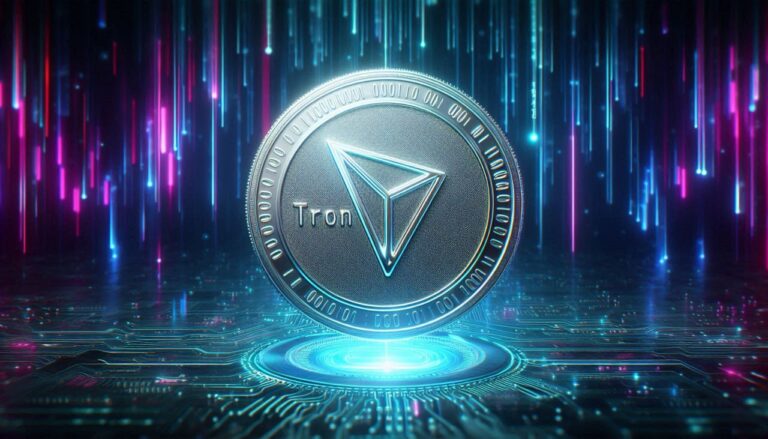
- Charles Hoskinson envisions Cardano hosting a fully decentralized nation-state by 2030, using its blockchain for self-governance, voting, and financial management to combat centralization.
- Despite ADA’s recent price dip, Cardano’s community and technological advancements signal strong confidence in realizing this ambitious goal.
Charles Hoskinson’s Vision for Decentralized Governance
Cardano, the innovative blockchain platform led by Charles Hoskinson, aims to revolutionize the future of digital governance. Hoskinson recently shared his bold vision to host a decentralized nation-state on Cardano by 2030. This ambitious proposal, made in a video message on X (formerly Twitter), has garnered considerable attention in the crypto community for its unique and forward-thinking approach.
Hoskinson believes Cardano’s blockchain can support a self-governing ecosystem that empowers citizens to participate in key areas such as voting, governance, and currency management—all on-chain. Through Cardano, he envisions a future where nation-states could operate independently from centralized authorities, enabling people to take control of their data, privacy, and governance.
Fighting Centralization with Blockchain Technology
Hoskinson argues that Cardano can serve as a powerful tool to combat the overreach of centralized systems. By utilizing the platform’s smart contracts and on-chain decision-making mechanisms, he envisions a structure where communities of millions could make collective decisions without traditional government intervention. This decentralized approach, he explains, can allow people to reclaim their digital lives and foster a more transparent society.
In a call to action, Hoskinson urges the Cardano community to pursue this vision by focusing on decentralization rather than getting lost in comparisons with other blockchains. According to him, all blockchain projects share a fundamental goal: resisting centralization and creating a fairer future.
Technological Advancements Driving Cardano’s Future
Cardano’s technological developments also suggest that Hoskinson’s ambitious vision may be achievable. Recent upgrades, such as the Chang hard fork, have introduced key on-chain governance capabilities, positioning Cardano as a pioneering platform for decentralized governance. The team is also working on additional upgrades, like the upcoming node v.10.0 release and the distribution of Mithril 2442.0, which further solidify Cardano’s infrastructure.
Moreover, Cardano’s impressive statistics back its growth potential. With over 1,376 projects developed, 1.316 million wallets, and close to 98 million transactions, the platform has attracted a robust user base and ecosystem.
Financial Impact on ADA Token
Despite the promising developments, Cardano’s ADA token hasn’t seen a corresponding rise in market value. ADA recently experienced a 4.9% price drop to $0.3284. Yet, Cardano’s trading volume has surged by 73.85% to reach $440.58 million, suggesting that while prices may fluctuate, the community remains optimistic and invested in Cardano’s long-term potential.
Conclusion: A Bold Path Forward
Charles Hoskinson’s vision for Cardano highlights the potential of blockchain technology to reshape governance as we know it. While challenges remain, Cardano’s technological progress and dedicated community may well bring Hoskinson’s ambitious dream closer to reality. By 2030, the idea of a blockchain-powered nation-state may no longer be a vision, but a groundbreaking achievement in decentralized governance.




